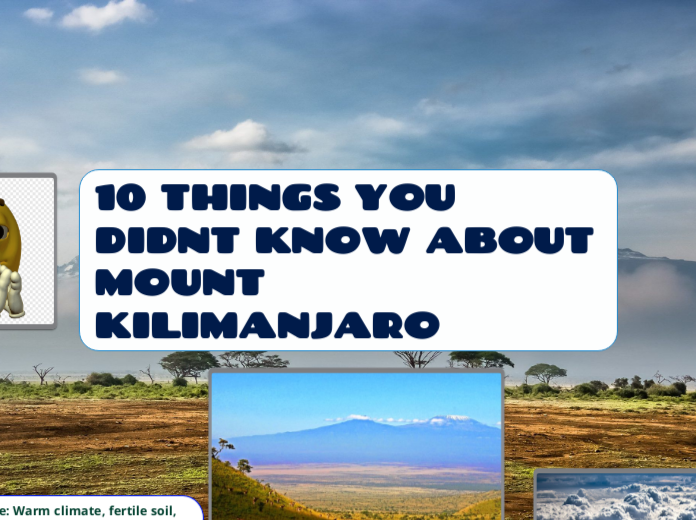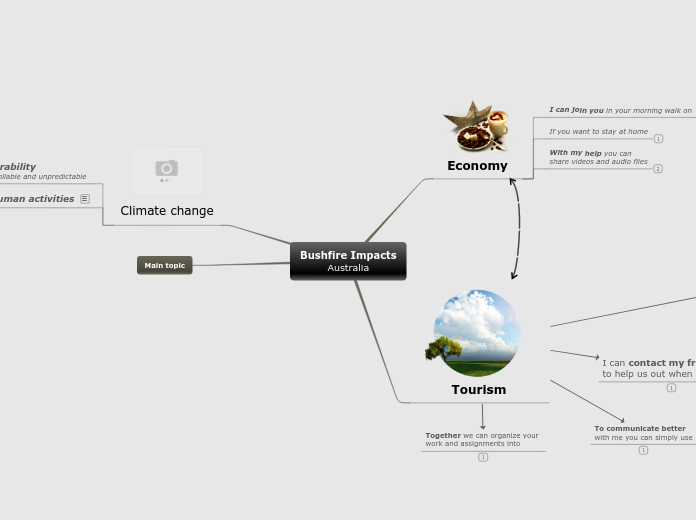by jacquelinne toledo 1 year ago
109
10 THINGS YOU DIDNT KNOW ABOUT MOUNT KILIMANJARO
Mount Kilimanjaro, located in Tanzania, stands as the highest free-standing mountain in the world, reaching an elevation of 5,895 meters. The mountain is distinguished by its five climatic zones, ranging from warm, fertile areas used for agriculture to the extremely cold Arctic Tundra at its summit.









